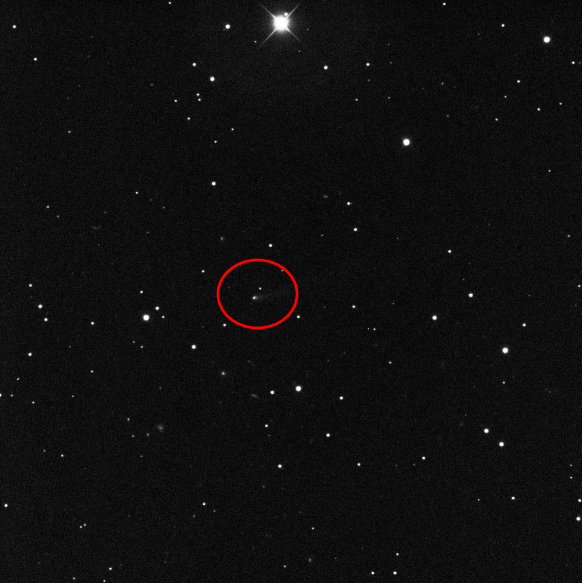What Are The May Camelopardalids? New Meteor Shower Could Rival The Perseids For Best Stargazing Event
If you don’t know what the May Camelopardalids are, you are not alone.
This month's meteor shower, which is hitting Earth for the first time, is eagerly anticipated by astronomers since the peak of the Camelopardalids could produce enough shooting stars to rival August’s Perseids as the most dramatic celestial show of the year.

The meteor shower, which will peak on Saturday morning, gets its name from the fact that the shooting stars will look like they are radiating from the constellation of Camelopardalis, the Giraffe. Like other meteor showers, it is caused by the debris trail left by a comet as it orbits around the sun. Comet Swift-Tuttle is responsible for the Perseid meteor shower, while the recently discovered comet 209P/LINEAR is the source of the May Camelopardalids.
Comet 209P/LINEAR was discovered in 2004 by the Massachusetts Institute of Technology’s Lincoln Near-Earth Asteroid Research Project (LINEAR). The comet crosses Earth’s path once every five years as it orbits the sun, notes NASA. Comet 209P/LINEAR will be making its closest approach to Earth on the same night as the May Camelopardalids.
According to the International Meteor Organization, the 2014 peak of the May Camelopardalids was predicted by astronomer Peter Jenniskens in 2006. Astronomer Mikhail Maslov computed the orbit of the comet and its debris trails and determined Earth will pass the debris trails left from comet passages in 1898 to 1919 on Saturday.
As for the level of activity, astronomers are not sure what to expect as Earth has never before crossed a debris trail left behind by comet 209P/LINEAR. In a study published by Quanzhi Ye, Paul A. Wiegert, the astronomers predict an hourly rate no greater than 1,000 meteors per hour, but the Camelopardalids could produce plenty of bright meteors as Earth encounters lots of larger particles. Other estimates predict between 100 to 200 meteors per hour but, according to Bill Cooke, head of NASA’s Meteoroid Environment Office, that could change as astronomers do not know what the comet’s activity level was in the 1800s.
Cooke said in a statement, “There could be a new meteor shower, and I want to see it with my own eyes.” A video discussing the May Camelopardalids, courtesy of NASA, can be viewed below.
© Copyright IBTimes 2025. All rights reserved.






















